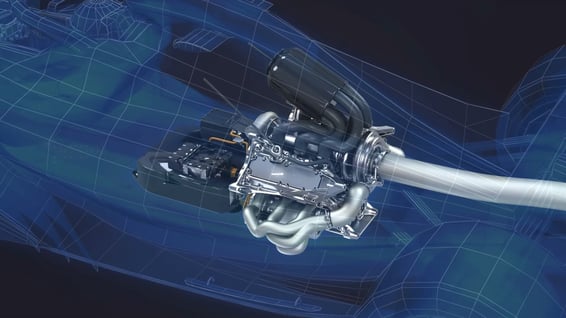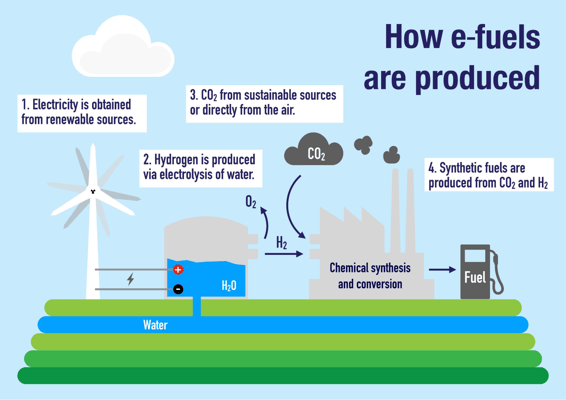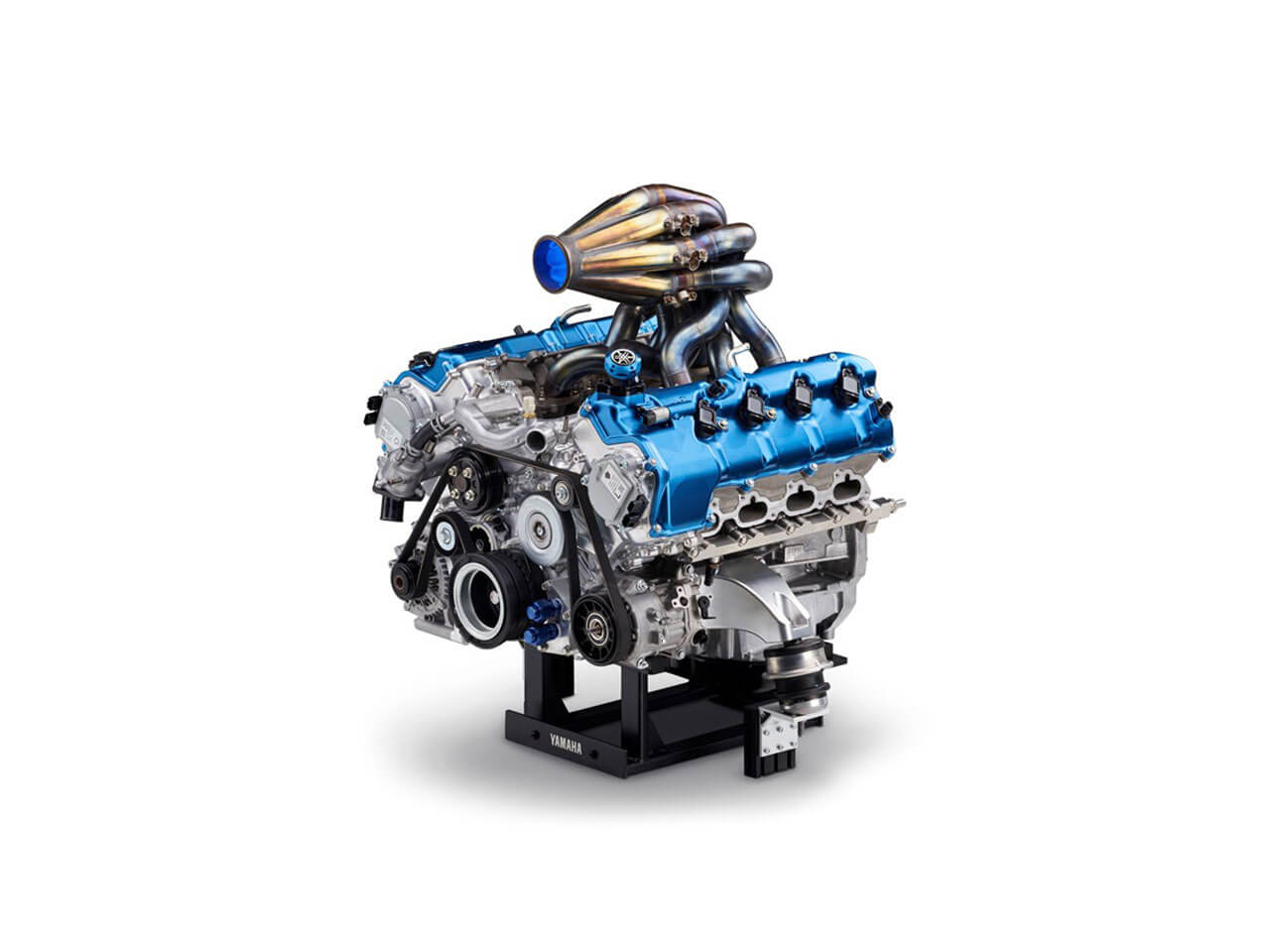Jack Colreavy
- Mar 26, 2024
- 5 min read
ABSI - F1 New Engine Regulations Opens the Door to Hydrogen-Powered Racing
Every Tuesday afternoon we publish a collection of topics and give our expert opinion about the Equity Markets.

The Australian F1 Grand Prix was run last weekend in Melbourne to record crowds of ~454k crazed fans. For Ferrari fans, it was a great weekend locking out the top two positions but the Red Bulls would argue that had Verstappen not had catastrophic car failure, he would’ve notched up a third win of the season. The F1 event redrew my attention to the new engine regulations in 2026 and what that may mean for future fuels and carbon-free racing. ABSI this week will discuss these impending changes and F1’s desire to be a leader in emission-free motorsport racing.
F1 introduces major new engine regulations at varying intervals, often to reflect advancements in technology and sustainability. The most recent change was in 2014 which marked the beginning of the turbocharged V6 hybrid era. However, in 2022, the FIA announced that new engine regulations will occur in 2026.
The major engine changes coming are significant and focus heavily on sustainability. The two biggest changes are the evolution of current hybrid engines to capture more braking energy in its Kinetic Motor generator Unit (MGU-K) from ~120kW to ~350kW and the use of fully sustainable carbon-neutral fuels.
2026 Engine Render

Source: F1
It is important to appreciate the flow-on effect of the increase in electrical energy. An almost 300% increase in electrical boost, but not battery capacity, means a 3x increase in power from the MGU-K but a 3x reduction in duration from ~30 seconds to ~10 seconds. Moreover, the higher proportion of electrical power means less reliance on the internal combustion engine and therefore less fuel consumed.
According to F1, about 160 kg of fuel was used in a race in 2013 which reduced to 100 kg in 2020 and estimates put 2026 usage to be 70 kg. Critically, F1 is shifting its mindset from putting a maximum fuel flow rate of 100 kg per hour to a maximum energy flow rate of 3,000 MJ per hour. Using current fuel metrics, the output will be much lower, however, it throws down the challenge of how to optimise every MJ. It is uncertain if cars will slow down but F1 claims that the power units will still provide over 1,000 horsepower.

Source: Canberra Times
Speaking of fuel, the new power units will run on fully sustainable fuels that will not emit any new carbon. The FIA is leaving the door open to the how but it will mean fuels being made from non-food sources, genuine waste, or through carbon-capture. These new synthetic fuels are basically hydrogen-carbons. The hydrogen will come from electrolysis of water from renewable energy sources but the carbon can come from a number of sources. This can be through nature’s natural carbon capture, i.e. plants or algae, or through less efficient man-made carbon capture devices. Noteworthy, creating synthetic fuels is a multi-step process requiring the creation of hydrogen and the capture of carbon, but there may be an opportunity to simplify the process.
Could hydrogen fuels be in F1’s future?
A green hydrogen internal combustion engine over a hydrogen fuel cell makes sense for two reasons. Firstly, hydrogen fuel cells are electric vehicles and there is already a Formula-E series for electric vehicles, albeit they’re battery-electric. Secondly, hydrogen combustion engines offer better performance in terms of top speeds and power density over a hydrogen fuel cell plus they have the added benefit of being a much louder engine, a vital audio output for F1 fans. However, moving from a petrol ICE to a hydrogen ICE would be a momentmental shift and it would be extremely brave for F1 to take that leap.
Yamaha Hydrogen V8 Internal Combustion Engine

Source: Yamaha
There is a lot of uncertainty about the F1 engine changes coming in 2026 and how the teams and drivers will react. It levels the playing field and will be exciting to see how new strategies will be devised to take full advantage of the added electrical boost. The sustainability improvements are nice from a PR perspective but in reality, the emissions from the car make up less than 1% of the F1 carnival’s annual emissions. Nonetheless, technology advances made in F1 sometimes funnel down to retail car technology. Fuels will continue to play a role in mobility well into the future, whether it be direct hydrogen or sustainable biofuels, and these changes from F1 could lead the way.
A quick detour to announce the BPC NRL Tipping Competition!
Welcome to the BPC NRL Tipping Competition for 2024. The season has kicked off with a bang in the glittery lights of Las Vegas. Panthers are favorites to take the crown again but the Broncos look like a formidable opponent to take revenge from the heartbreak of 2023. BPC loves its footy and we're very excited for the season ahead. We also love to win stuff so please keep an eye out for the prizes on offer. Sign up and join the game!
We offer value-rich content to our BPC community of subscribers. If you're interested in the stock market, you will enjoy our exclusive mailing lists focused on all aspects of the market.
To receive our exclusive E-Newsletter, subscribe to 'As Barclay Sees It' now.
Share Link



.png?width=767&name=Untitled%20(2).png)
.png?width=767&name=ABSI%20Thumbnail%20template%20(2).png)


